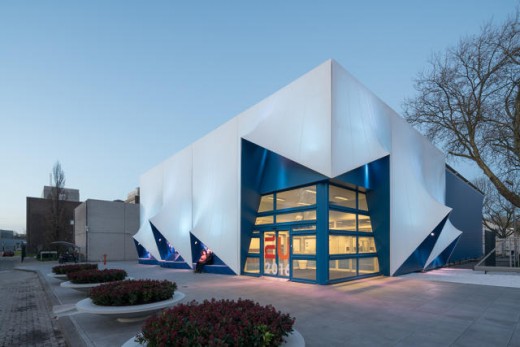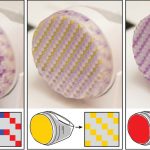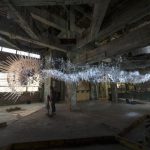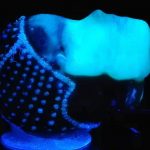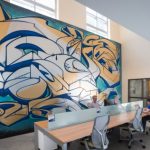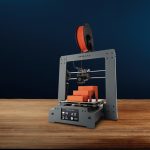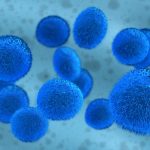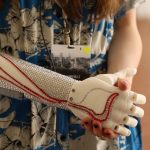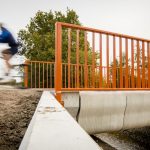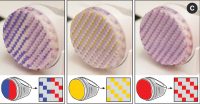the way forward for The ecu Is Being made up our minds inside This 3D Printed constructing
The eu Presidency’s assembly area features a 3-D printed facade that can be shredded and re-printed at a moment’s notice.
January 20, 2016
Europe is going through big challenges right now, from economic upheaval to a refugee drawback. Over the following six months it is going to determine its collective technique to these issues by bringing collectively heaps of European ministers and officers in Amsterdam for a series of semi-annual meetings to be able to produce a roadmap to the european’s future, as the Netherlands plays host to the rotating ecu Presidency.
These meetings, 135 in all, gained’t take place inside a palatial meeting room or a cavernous convention center. They’ll take place inside of a series of pop-up buildings which have been purpose-constructed for the duty. These structures will be the backdrop to heaps of conversations, debates, and resolutions over the following six months. one of the crucial remarkable is a meeting space referred to as the Europe building designed by means of DUS Architects, which specializes in rising architectural expertise—like a facade that’s 3-d printed out of a brand new bioplastic that can be shredded and re-printed when its useful life is over.
Most structures designed for high-degree executive functions—like the european Presidency—don’t seem to be naturally engaging public spaces: safety is an immense issue for most of these conferences, and the site of this one, nestled in Amsterdam’s harbor-aspect Marineterrein building, seems excellent for shuttling important ministers to and from the conferences securely by way of boat. The building isn’t even everlasting: the structure is entirely modular and may also be disassembled and moved, because of a firm that focuses on event tents and transient structures called Neptunus.
yet the architects behind this temporary structure have found a option to make its facade a useful piece of public art. where some designers would possibly have taken steps to push the general public back in the back of protecting layers of safety gates, buffer zones, and entryways, the Europe constructing’s facade in reality invitations passersby to “grow to be a part of the building,” within the phrases of Hedwig Heinsman, co-founding father of DUS.
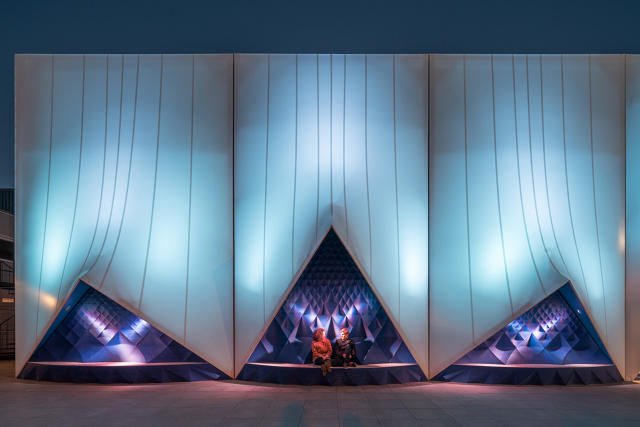
As Heinsman informed me, the agency best had 4 months to design and complete the building—and strict security restrictions on windows and other standard architectural elements limited what they could do with the facade. however the obstacles speedy changed into a technique to test with what the design may “reveal” below its plastic face. “We’ve all the time been serious about the border between private and non-private,” Heinsman explains. “We notion it was once an awfully gorgeous thought that people could still come shut and in point of fact transform part of the building.”
The building’s structure is cloaked in an opaque white plastic, which is tensioned to rods projecting out from its base, like a tablecloth that’s fluttering in the breeze. below each and every upturned swell of plastic sits a small alcove and bench the place anyone can cease for a dialog or a moment of peace, whether or not an ecu minister leaving a meeting or a neighborhood on his approach residence from work.
DUS specializes in structural 3-d printing—it’s perhaps absolute best identified for the entire house it is printing in Amsterdam—and the agency has developed its personal large-scale structural printer. Working with the Dutch building company Heijmans, the designers have been in a position to print each alcove at a fee of one-per-week, using a plant-based totally bioplastic that’s produced from linseed oil. the unconventional material was once developed by way of every other associate, Henkel, and is in line with an industrial glue—which means that it may easily be melted down and re-used in the printer when it’s now not needed. The benches are another example of material innovation: They’re cast and work with a lightweight eco-concrete whose CO2 footprint is 60% smaller than that of traditional concrete.
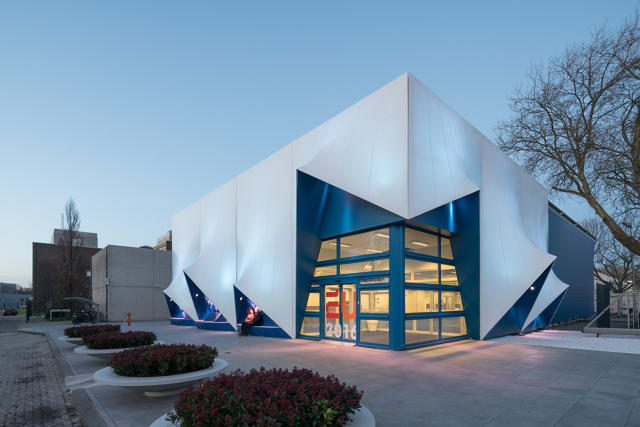
When The Netherlands’ presidency ends this summer season, these blocks of plastic is also shredded and re-used to print other buildings nearly in an instant. “I don’t understand of another examples in structure the place that you would be able to recycle in such a straightforward means,” Heinsman says, declaring that an easily reusable plastic “ink” could convey architectural customization to the masses.
For now, the public is free to walk via the constructing and, if they like, sit—a vivid representation of how structure, within the palms of politicians, is not at all times a device to keep the public at arm’s size.
fast company , read Full Story
(16)

